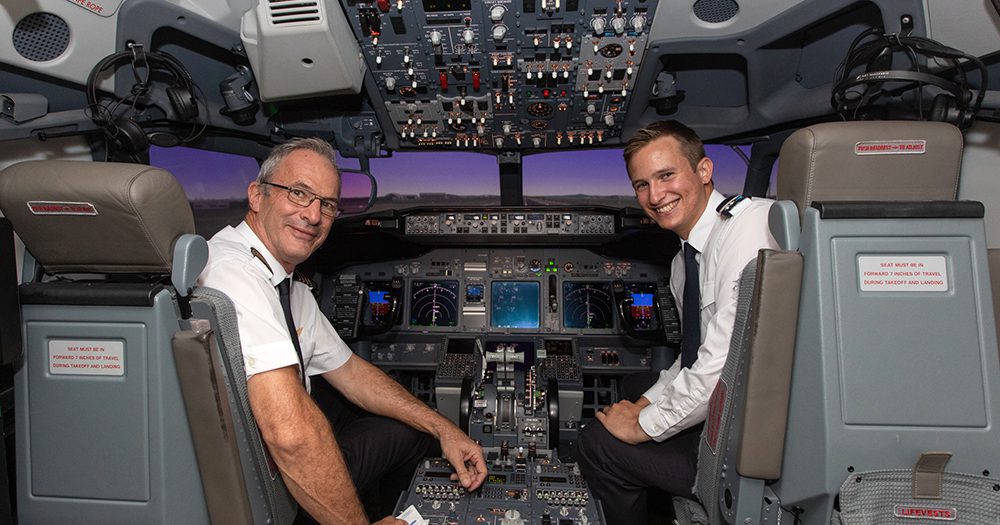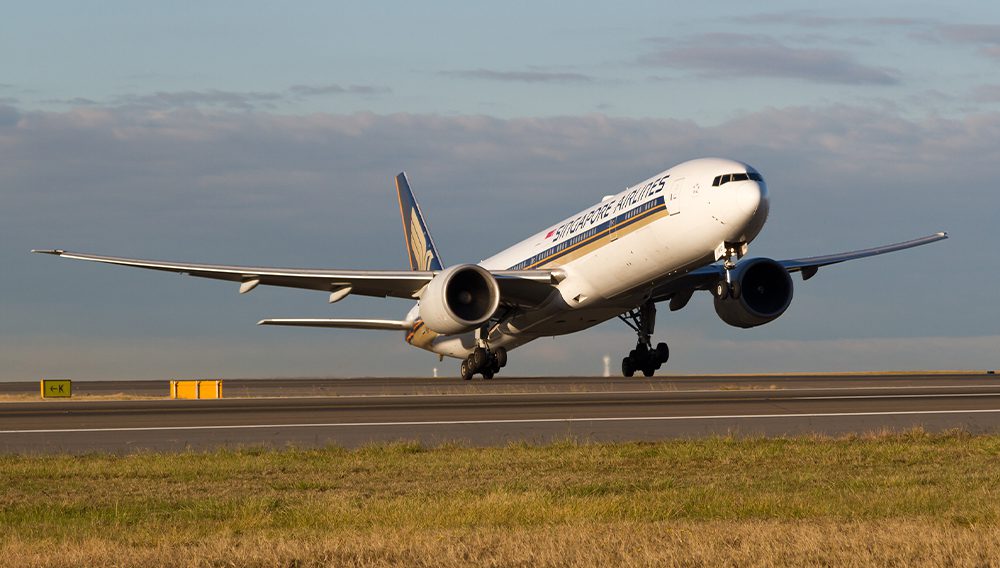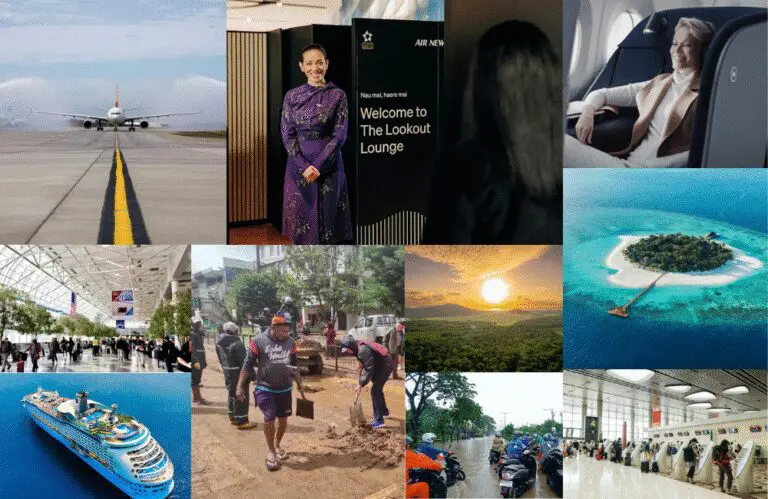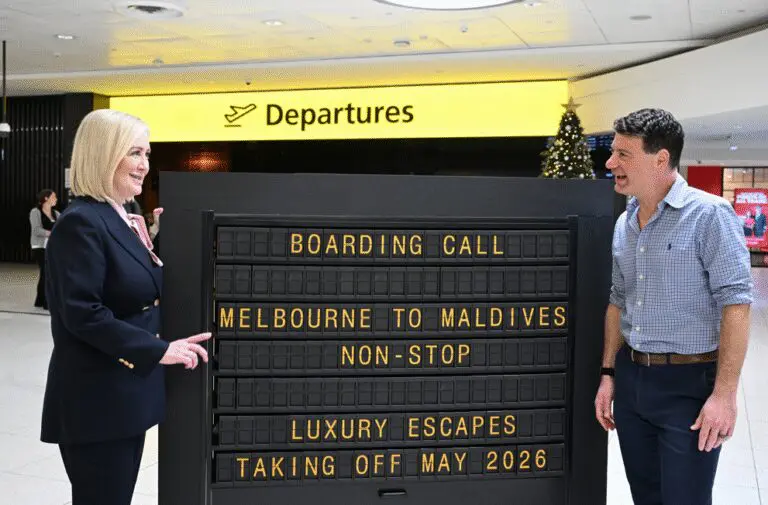Australia, New Zealand, Singapore and Indonesia have embarked on a three-month user-preferred routing trial from 5 August 2024 to test different ways of international routing through Indonesia that would reduce travel times and lessen carbon emissions.
The test involves select flights between at least nine cities in Australian and New Zealand and Singapore that may benefit from shorter flight times with routing through Indonesia.
The trial is being conducted on 38 flight routes operated by Singapore Airlines, Garuda Indonesia, Qantas and Air New Zealand.
Routes include from Singapore to Auckland, Adelaide, Brisbane, Cairns, Christchurch, Darwin, Melbourne and Perth as well as the Sydney to Singapore route.
How it works

While previously restricted to a fixed network of highways in the sky, since 5 August 2024, pilots on select flight routes now have the flexibility to choose the most direct and efficient paths across the four countries’ airways.
Known as user-preferred routing, Australia and New Zealand already use this method of air traffic management within their respective locally administered airspace but international trials have been limited due to the challenge of coordinating routes across international airspaces.
Hawaiian Airlines is an example of a carrier that has used user-preferred routing on trans-Pacific routes.
The Civil Aviation Authority of Singapore (CAAS) hopes the user-preferred routing (UPR) method will make better use of airspace and cut flight time, fuel consumption and carbon emissions.
UPR allows airspace users to plan optimal flight paths, considering carrier preferences, weather and other factors such as airspace restrictions.
Sustainable and operational benefits of user-preferred routing

Qantas Group Chief Risk Officer Andrew Monaghan said user-preferred routing will allow the airline to tailor individual flight routes and simplify flight planning processes while delivering the same level of safety.
In addition to shorter flights and better resource management, this method could also improve operations during disruptions by allowing airlines to prioritise some flights over others.
CAAS said airlines can potentially save up to 1,700kg of fuel for a flight between Singapore and Melbourne and cut more than 1,960 tonnes of carbon emissions for a year of daily flights on that route.

CAAS Director-General Han Kok Juan said: “CAAS is happy to work with Airservices Australia, AirNav Indonesia and Airways New Zealand on this transformative UPR trial.
“The collaboration is a good example of how air navigation service providers, with service to airspace users as a shared goal, can work together to make more efficient use of the airspace amongst us to reduce carbon emissions and flight time.”

Airservices Australia Interim CEO Rob Sharp said the trial was a step forward for a more sustainable aviation sector and if successful, would open up to include more airlines and cities.
“As an industry, we need to develop and implement innovative practices to ensure we have an efficient and sustainable aviation sector,” he said.
“By working together, we can facilitate more efficient flight paths that reduce fuel usage and emissions and optimise load efficiency. Subject to operator feedback, we will look to operationalise the trial and expand UPR to include more city pairs and airlines.”
The UPR trial is a key initiative in a larger project to implement free route operations in the APAC region.






